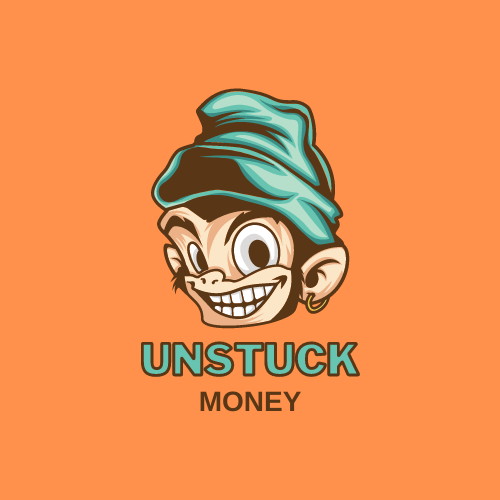Pay off consumer, high-interest debt
You have saved your first $500-1500 as an emergency fund. You have extra cash at the end of each month, either by cutting your spending or increasing your income, or both. Now what? Take a look at your net worth statement that includes all your liabilities. If you need one, make your own right now. List all your assets (bank accounts, brokerage accounts, crypto, retirement accounts, home value) and liabilities (credit cards, mortgage, student loans, car loans, personal loans, etc.). For now, we want to focus on consumer, high-interest debt. For sake of argument, let’s call anything above 6% high interest.
What do you owe that is over 6% interest? Student loans? Credit cards? Cars? Furniture? Payday loans? These are bad types of debt to have. They are usually at high-interest rates. We will cover student loans in a separate post, but for now, list them in this category. Look at your recent statements for the APR you are paying and list them.
example:
- Auto loan for $15,000 at 3.9%, 24 payments remaining, $300/month
- Credit card (MasterCard), 21.9%, $5000 balance
- Furniture loan, 18%, $450 remaining
We want you to eliminate these debts. This could be quick if you have a higher income and lower expenses, or this could take years. Most likely, you accumulated these debts over a number of years, and it will take years to pay them back. These are the key anchors holding you back from financial success. Not only do you owe monthly payments to pay back their principal, but you have to pay monthly high rate interest.
There are many strategies to pay off these debts. First, did you make your budget and cut the non-priority spending? We know that’s hard, but as you start to pay off debts you will feel much more progress. If you have a small debt, such as a furniture loan of $400, or a single credit card for $350, I want you to pay it off first just to get it out of the way.
Next, we want you to start making minimum payments on all the debts except for the highest APR remaining debt. Focus your attention on putting the most extra payment toward it each month.
In the above example, we would like you to pay off the furniture loan first. Is it the highest APR? No. But we want you to get a quick win. If you can pay that off in a month or two, that will cross it off your list. You would make your normal $300/month car payment and pay the minimum on the MasterCard. Next, we would take on the credit card. This could take you a year or so to tackle. You are not allowed to spend any more money on the card. After that, you would pay off the remaining balance on the car.
In the future, we will endorse the use of credit cards as spending vehicles that are paid off every month, but for this example, we cannot allow you to continue digging into debt.






A solid strategy I used as a broke college kid turned young professional back in the day was a credit card balance transfer. I think i moved like $6k over to a 0%, 18 month credit card for a 3% charge. Haven’t paid credit card interest since then (22 years old or so) thankfully. And yes, credit cards as earning vehicles are great! Hello chase sapphire reserve!